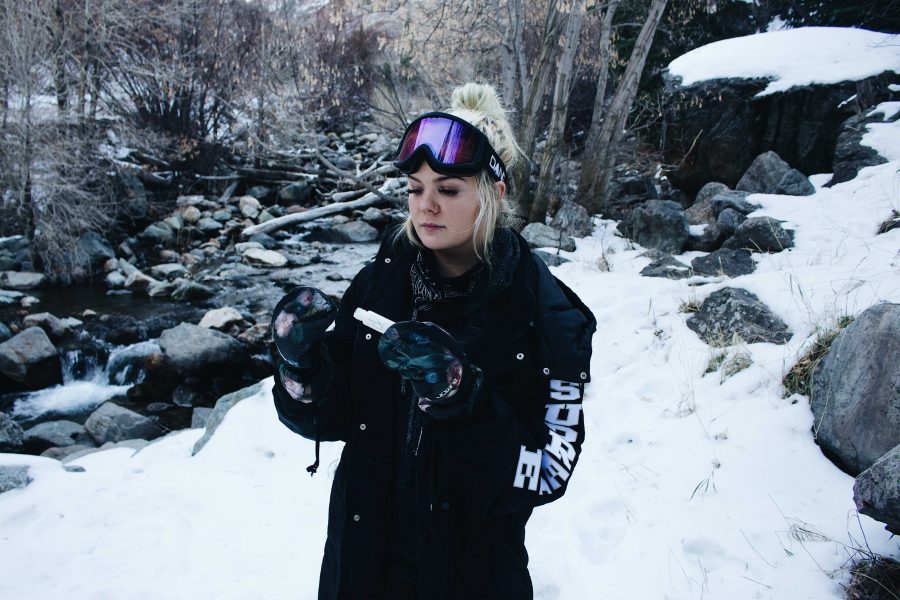Winter camping and hiking skin care made easy
For most individuals, skin care is one of the last things to think about when embarking on an outdoor journey. Most of the time, we only actually think about our skin when a zit emerges out of nowhere, or when cuts and bruises appear, but being more skin-conscious is worth it. The epidermis is the human body’s largest organ. It guards our bodies from damaging sunlight, extreme temperatures and harmful chemicals. It also acts as a waterproofing and insulating barrier from the elements. So, skin care is important! Long term, a lack of skincare can lead to costly consequences. I’ll take cleanliness, moisturizer, and sunscreen over skin cancer any day.
Like most humans that live in Utah, I am a victim of dry skin, especially during the cold seasons. Dry skin is one of the most common symptoms caused by winter conditions. In addition to Utah’s classic desert dryness, high elevation creates the perfect skin-crackling nightmare. So, keep your skin moisturized. Carrying a small travel-sized bottle of lotion with the rest of your toiletries can be easily done if you plan ahead. P.S. chapped lips counts as dry skin, so don’t forget the lip balm. (Pro tip: Kill two birds with one stone by purchasing a moisturizer with SPF for sun protection as well!)
Hands are normally the first place we notice dry skin. Wearing gloves while participating in any outdoor activities will reduce dry and raw skin. Ointments and creams tend to be more effective and less irritating than lotion and can also be found in lightweight travel sizes. It’s also best to avoid tasks that require your hands (or any other part of your body) from getting wet, so I suggest always keeping an extra pair of gloves handy.
While we see our hands more frequently than our feet, we should not forget about them. Blisters are not only painful and a nuisance, but can also lead to infection if left untreated. The same goes for cuts and open wounds as well. Untreated infections can lead to permanent damage and/or illness due to bacteria spreading in the body. Make sure to keep those cuts, blisters and other open wounds clean and covered until they heal.
For individuals spending long periods of time in freezing temperatures, frostbite is no joke. According to the American Academy of Dermatology (AAD), “Frostbite occurs when the skin – and sometimes the tissue beneath the skin – freezes due to prolonged exposure to cold temperatures”. So obviously it is very important to keep warm, stay hydrated, and recognize the symptoms before permanent damage occurs. While first signs of frostbite may include redness and a stinging, burning, throbbing, or prickling sensation followed by numbness, please consult a medical professional as soon as possible if there are any questions/concerns.
To round things up, don’t forget to care for and nourish your skin! Sun damage, dryness, infection and frostbite can all be prevented with a few easy steps.



